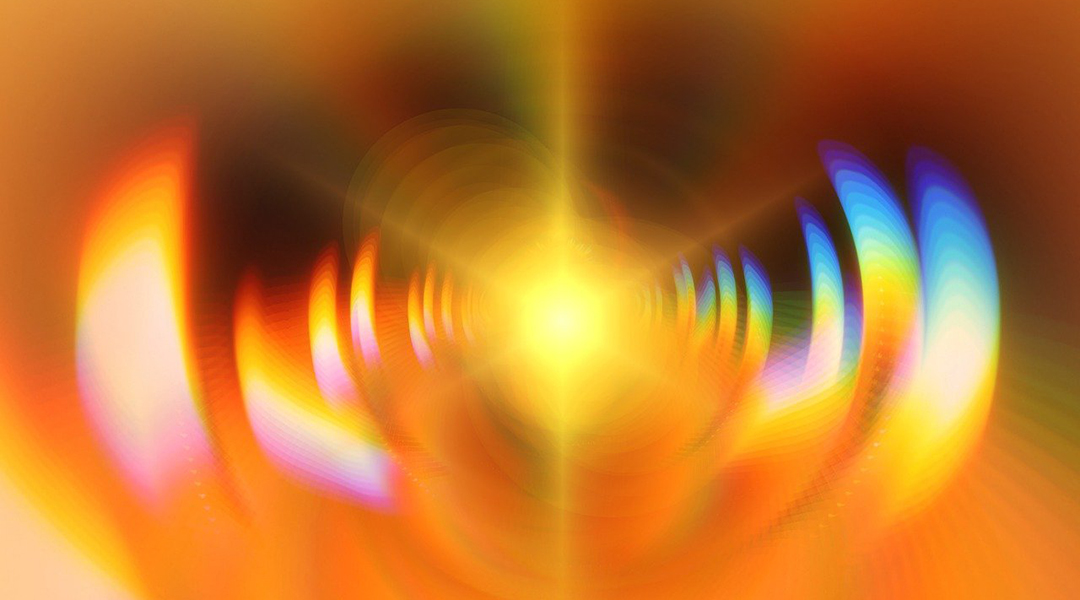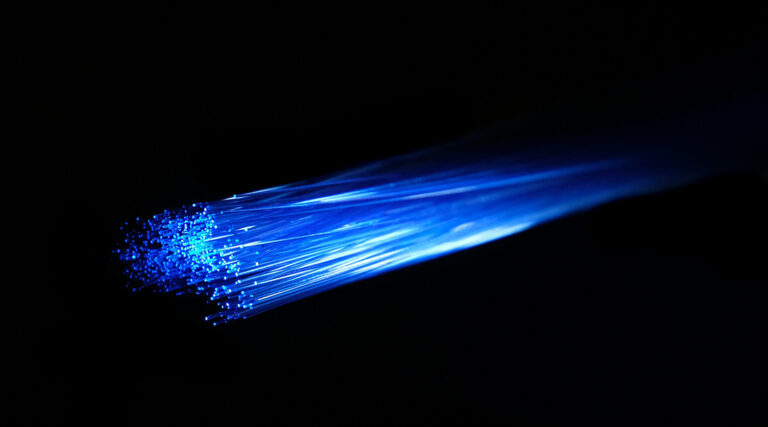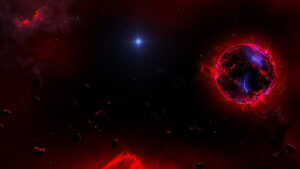New insights into the decay of a hadron particle known as a charmonium could potentially reshape our understanding of particle interactions and challenge existing theories.
Experimental data gathered using the Beijing Spectrometer III (BES III) at the Beijing Electron–Positron Collider II (BEPC II) has revealed a significant discrepancy between the theoretically predicted properties of a hadron particle known as a charmonium — a strongly interacting particle consisting of a charm quark and a charm antiquark — and its experimentally measured value.
The decay rate of the hadron particle, specifically the charmonium state called hc, was found to be much smaller than scientists had previously predicted using theories such as nonrelativistic quantum chromodynamics (NRQCD) and perturbative quantum chromodynamics (pQCD). This finding poses a major challenge to our understanding of the strong nuclear force.
“The charmonium system is interesting and is sometimes viewed as the hydrogen atom within quantum chromodynamics because it has a simple structure and a suitable energy for probing many aspects of the strong interaction theory,” Jun-Li Ma, a member of the BESIII collaboration and one of the authors of the study, explained in an email.
“However, the complexity of chromodynamics poses a significant challenge for precise calculations, making it one of the most important and demanding tasks in theoretical physics. To address this, some approximation approaches to quantum chromodynamics have been developed and need to be confirmed by comparing their predictions with experimental data.”
In their paper published in Physical Review D, the BES III collaboration looked at how the hadron hc decays into neutral and charged particles called kaons, which contain a heavier s-quark, and charged pions, which are made of lighter u- and d-quarks, to gather important information about the initial particle’s internal structure and interactions.
Since hc is made from a heavy c-quark and its antiquark, it can’t be created directly from electron-positron collisions. This is important because such collisions are a common way to produce and study particles. Without this method, scientists struggle to directly observe and understand hc, making it harder to test theories and increasing the need for alternative study methods.
The collaboration searched for the decay mode of interest using data collected by BES III. Since hc can’t be made directly, they studied it through the process where an electron and positron collide to produce a particle called ψ′, which then decays into hc and a neutral hadron called π0, made of lighter quarks.
“Leveraging the excellent capabilities of the BESIII detector, we were able to detect and measure the energy and momentum of all species of final-state particles, especially the low-energy π0,” said Ma. “This allowed us to obtain the complete information of hc […], so-called the full reconstruction method.”
This first-ever observation of the hc decay into kaons and pions allowed the researchers to deduce this charmonium decay rate. These rates can be calculated, albeit not in full quantum chromodynamics, but in its simplified versions: NRQCD, which ignores some phenomena associated with the finite speed of light, and pQCD, where some effects of particles constantly being born and disappearing into the vacuum are simplified.
These approaches, often used in theoretical studies of strong interactions, were expected to be well suited to studying the properties of charmonium, where the slow motion of heavy charm quarks justifies such approximations.
However, as previously stated, the researchers found that the decay rate they measured was an order of magnitude smaller than what both approaches predicted. As a possible resolution of the contradiction, the authors proposed taking into account more velocity-related (in NRQCD) and quantum (in pQCD) effects since the accuracy of the theoretical computations they compared with their experimental result could be insufficient.
“Presently, the precision of our result is limited mainly due to statistics,” said Ma. “With the ψ′ data sample we have at BESIII, different groups within the collaboration are working to find more decay modes. With 2.7 billion ψ′ events, our measurement will be sensitive to hc decay modes with branching fractions on the order of 10-4, as expected in the BESIII White Paper.”
The discovery underscores the importance of experimental verification in theoretical physics, particularly in the complex realm of quantum chromodynamics. As researchers continue to refine their techniques and collect more data, our understanding of the strong nuclear force and the behavior of quarks within hadrons will continue to evolve.
Reference: M. Ablikim et al, Evidence of the hc→K0SK+π−+c.c. decay, Physical Review D (2024). DOI: 10.1103/PhysRevD.110.012007
Feature image credit: geralt on Pixabay












+ There are no comments
Add yours